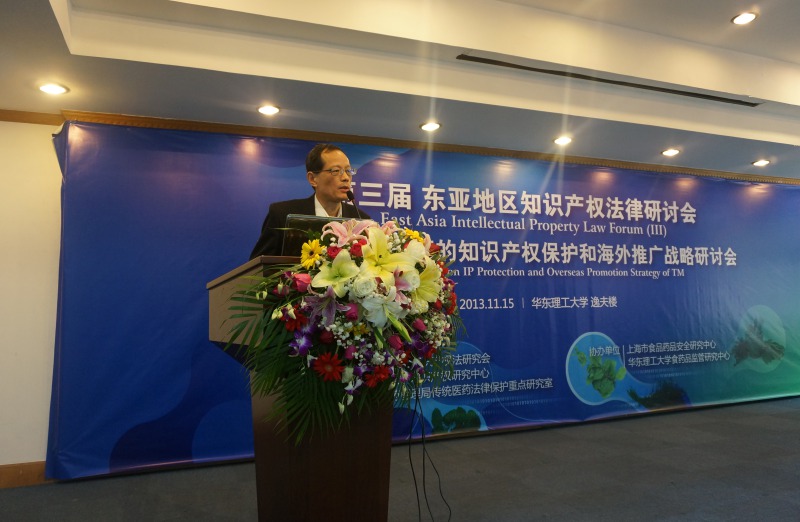A New Reflection on Intellectual Property Protection of Intangible Cultural Heritages—Taking a Case Study of Tibetan traditional cultural manifestations
YANG Chang-hai Hebei LawScience Magazine 2014(12)
【Abstract】
Modern intellectual property can be mostly compatible with intangible culturalheritages within two aspects: one being culture-based creative products orworks and the other being industrially applicable traditional technics whichare not yet open to public. Trademarks or geographic identifications can also helpto protect intangible cultural heritages in an indirect mode. Intellectualproperty is incapable of protecting intangible cultural heritages mainlybecause of the inherent defects of intellectual property regime, namelyidea/expression dichotomy, sole protection of corporation’s intangible assetsas well as the inclination to severe commercialization of knowledge andresources. Thus, pluralization methods should be taken which attend to otherresolutions beyond intellectual property, e.g., the implementation of “intangiblecultural heritage law” as well as guard-against-theft regime, so as to achievethe goal of intangible cultural heritage protection.
The twoparts of this article are as follows:
1、Intellectualproperty protection of intangible cultural heritage: Empirical analysis
(1)Patent right and trade secrets.
Any invention or utility model for which a patent right may be grantedshall possess novelty, creativity and practical applicability. Manipulatedcrafts related to traditional resources as well as the manipulated craftsmastered by the indigenous communities shall be protected by the patent rights.Trade secrets refer to practical business operation information and technicalinformation which are unknown to the public, which may bring about economicinterests for enterprises, and for which enterprises have taken confidentialmeasures. There are many trade secrets in intangible cultural heritages, e.g.,the crafts of Tibetan Tangka and Tibetan paper. However, it’s limited toprotect the intangible cultural heritage by patent right and tradesecrets.
(2)Trademark right.
The applicable scope of protection for trademark right is much wider thanpatent right. Because any sign that distinguishes the goods of a naturalperson, legal person, or other organizations from those of others including anyword, device, letter, number, three-dimensional sign, color combination, soundand combination there of, may be registered ass a trademark.
(3)Copyright.
Copyright can apply to the protection of intangible cultural heritage toavoid the works of art from copying and using without authorization. Take theTibetan intangible cultural heritage “Epic of King Gesar” forexample, the famous Tibetan artist Zhaba has performed and recorded 40 of it,which are different from others. So it is protected by the copyright law well.
2、Intellectualproperty protection of intangible cultural heritage: Theoretical analysis
The intangible cultural heritage such as traditional cultures, folk literatures and artsare all human intelligence achievementswith high value which need to be properly protected. The above measures canapply to the protection of intangible cultural heritage, but there are stillmany problems to be solved because of the special properties of intangiblecultural heritage. A good protection system of intangible cultural heritage isof great significance.
Source:
http://www.cnki.net/kcms/detail/13.1023.D.20141031.1652.145.html?uid=WEEvREcwSlJHSldRa1Fhc2FKekVzQWp3SmVLZHFUNlBnS1RXOXN2Z1JETlNpRnlIOTFFKzlaTFdlL3BLMUJrTUZ3PT0=$9A4hF_YAuvQ5obgVAqNKPCYcEjKensW4IQMovwHtwkF4VYPoHbKxJw!!&v=MDM5MDI5OFMzN2pyQll4ZUxZPU9sbXpHN081SEtmRXA0dEVadThQZlE1V3pSWVM3eg==
next:Investigation and Reflection on Ethnic Culture Inheritance and Protection in Key Ecological Function Areas in Northeast China


